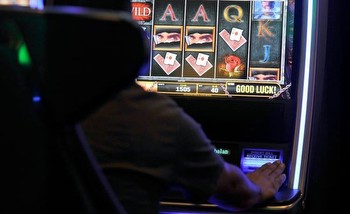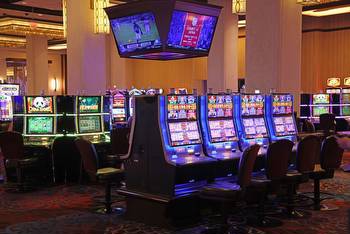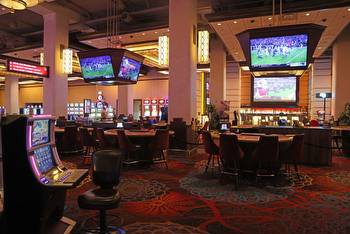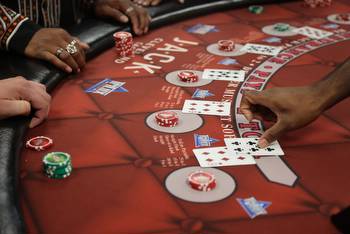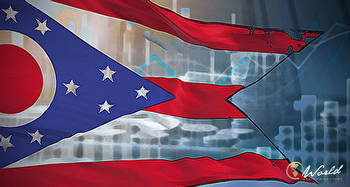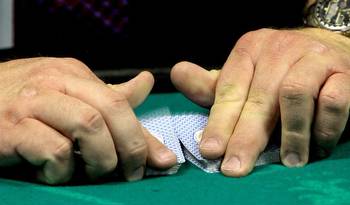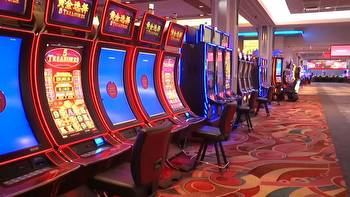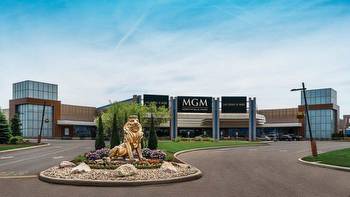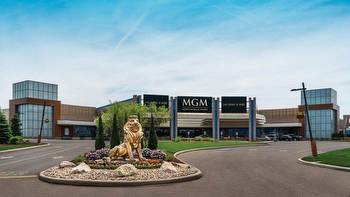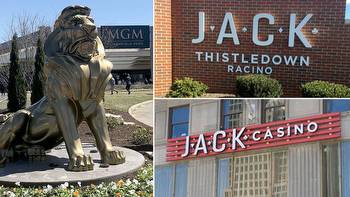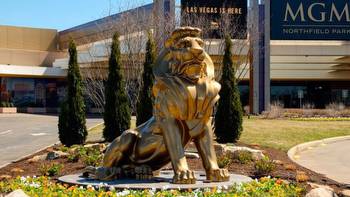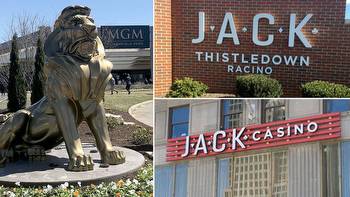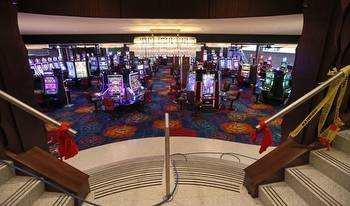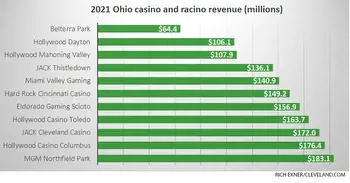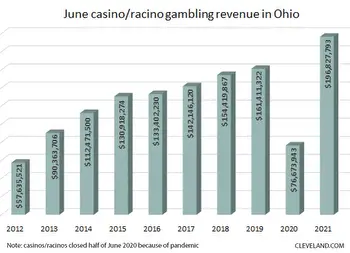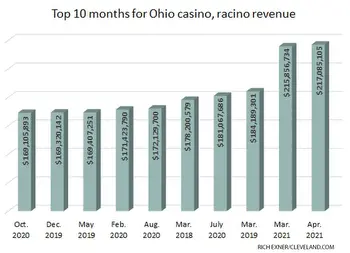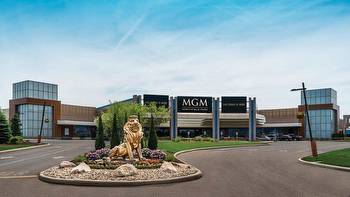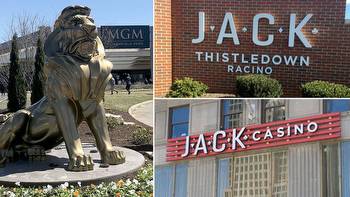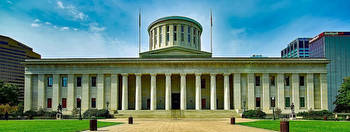Ohio casino, racino action recovers some in February, but still down from a year ago amid lingering coronavirus limits
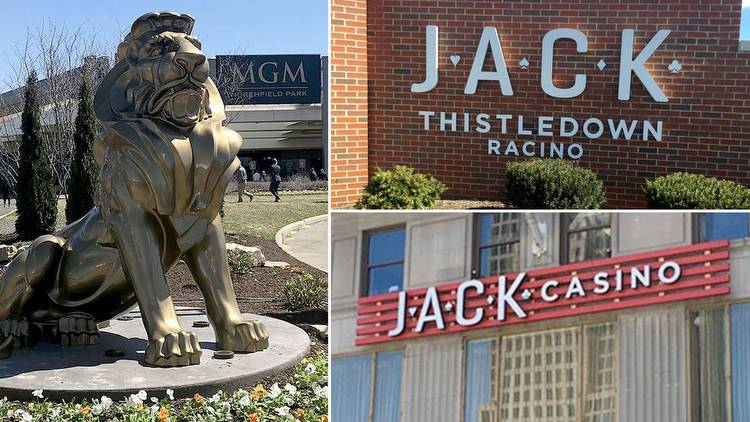
CLEVELAND, Ohio - Ohio’s casino and racino industry showed signs of rebounding in February, with gambling revenue up $5.3 million over January, but business still lagged where was a year ago.
Gambling revenue - the amount of money kept by the house after paying out winnings - totaled $158.7 million at Ohio’s 11 casinos and racinos last month, reports released Monday by the state’s casino control and lottery commissions showed.
That’s up from $153.4 million in January, but down from $171.4 million in Feburary 2020.
March will provide a better picture of whether the industry can return to the record pace it was on until coronavirus hit last year.
The facilities were closed from mid-March through mid-June under state order, and later were affected by overnight curfews that shuttered the round-the-clock operations for several hours each day. The last of the curfews was lifted by Gov. Mike DeWine on Feb. 11.
A bright spot last month was business at the JACK Thistledown Racino, where revenue of $13.6 million marked an 8.7% improvement over $12.5 million in February 2020.
Revenue totaled $19.2 million at MGM Northfield Park, the busiest racino in the state, but was down 15% from $22.5 million the same month a year ago.
At JACK Cleveland Casino downtown, revenue was $18.4 million, making it the busiest of Ohio’s four casinos, but it was down 1.9% from $18.7 million in February 2020.
The racinos, regulated by the Ohio Lottery Commission, are permitted to offer only chance-based slot machines, what the lottery calls video lottery terminals.
The casinos in Cleveland, Columbus, Cincinnati and Toledo, under the regulation of the Ohio Casino Control Commission, are permitted to offer a wider range of slot machines, plus table games.
In calendar year 2020, business was down 26% overall. But monthly records were set in each month when there were not state-ordered closings or curfews.








